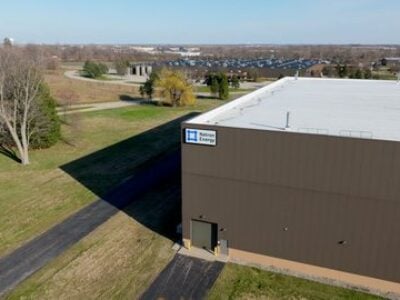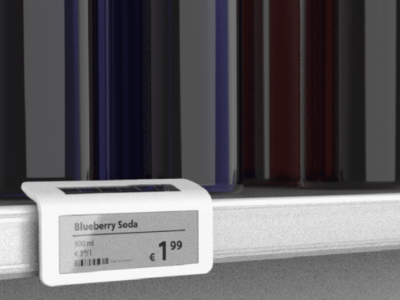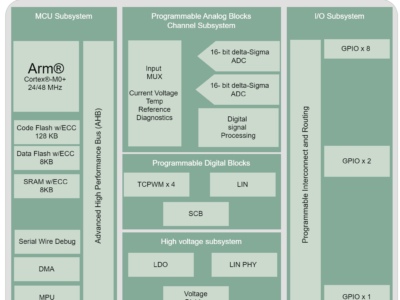
Fisker solid state battery faces charging infrastructure challenges
However the patent has not been published, leading critics to highlight some of the potential problems. Charging a solid state battery pack with a 500 mile range in just one minute would take several megawatts of energy in a very short time, placing a huge, and unmeetable, requirement on the charging sub-systems and infrastructure. Transferring such large amounts of energy would also have safety implications.
The higher energy density would mean that a 500 mile range would be possible with a battery half the size of those in today’s electric vehicles, but that still has a significant energy requirement. This is why the publication of the patent is essential.
The company says production of the solid state technology could start in 2023.
The vice president of battery systems at Fisker, Dr Fabio Albano, previously worked for solid state battery startup Sakti3, and holds a patent on a 3D layered cell structure. Sakti3 was sold to Dyson, but the patents have not been adopted as part of Dyson’s move to build an electric car. Court cases around the Dyson electric car and solid state battery development as set to start shortly, which may have influenced the timing of the release of the Fisker information.
Fisker is currently taking orders for its Emotion electric sports car which uses lithium-ion batteries from LG Chem. These provide a range of 400 miles and can be part charged in nine minutes to give a 125 mile range.
Related stories:
- SOLID STATE LITHIUM BATTERY HEADS FOR COMMERCIALISATION
- DYSON INVESTS £2BN IN ELECTRIC CAR AND BATTERY DEVELOPMENT
- PROMISING NEW MATERIAL FOR SOLID STATE LITHIUM BATTERIES
- SOLID STATE BATTERY MARKET SET TO BOOM
- ASPHALT HOLDS PROMISE FOR HIGH CAPACITY, FAST CHARGING LITHIUM BATTERIES
 If you enjoyed this article, you will like the following ones: don't miss them by subscribing to :
eeNews on Google News
If you enjoyed this article, you will like the following ones: don't miss them by subscribing to :
eeNews on Google News




